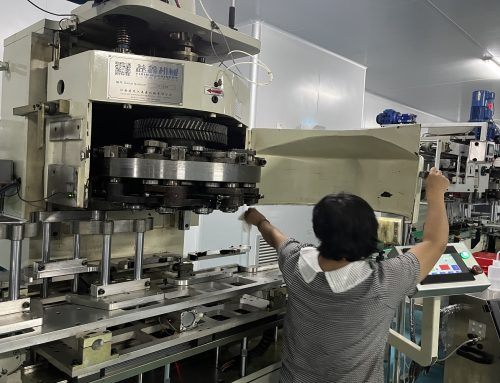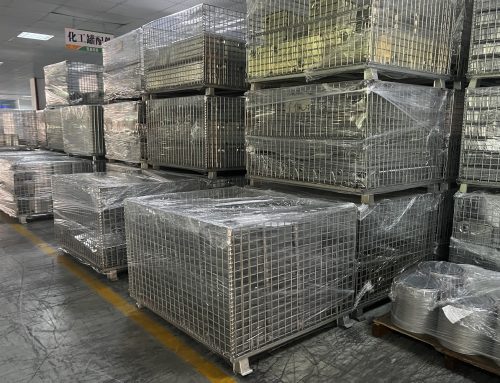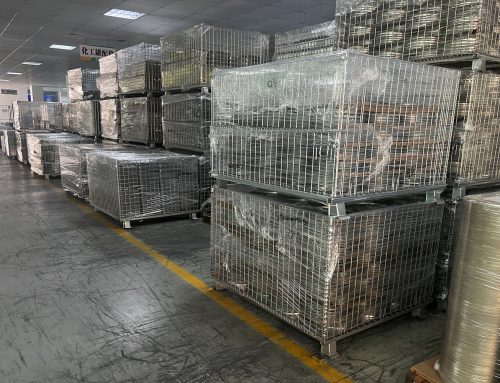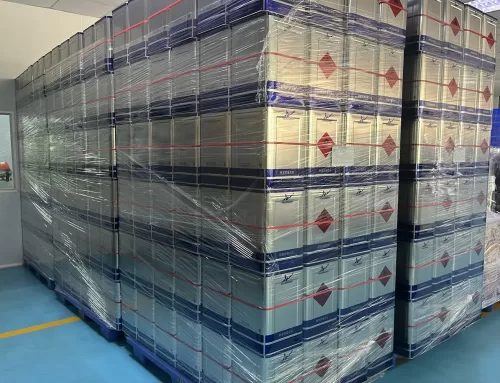1. Container Protection:
The body of the three-piece can for tinplate is made of tinplate, while the top and bottom lids can be made of tinplate, chrome-plated iron, or aluminum. Except for aluminum, which does not rust, tinplate and chrome-plated iron are prone to rust when exposed to humid environments, especially when the tin and chrome layers are damaged during processing, storage, and transportation. Different foods contain various corrosive factors, and the use of coatings can isolate the metal material from external contact, preventing abrasions on the metal substrate and hindering the corrosion of corrosive factors in the food.
2. Decoration and Brand Promotion:
Decoration and brand promotion mainly apply to external coatings for canned goods. As living standards rise, there is an increasing variety of canned foods, and people pay more attention not only to the content but also to the appearance of the can. Paper labels or external rustproof coatings have gradually been replaced by exquisite external designs and prints. There is a growing demand for personalized designs that showcase the charm of the brand.

3. Food Preservation:
Without coatings to prevent the corrosion of corrosive factors in food, the metal in the substrate would gradually transform into ions such as tin ions, iron ions, or aluminum ions, entering the food and affecting its flavor. This can lead to non-compliance with relevant food hygiene standards.
4. Aiding in the Processing of Coated Iron:
With the development of modern processing technologies, the speed of can and lid manufacturing has increased. Coatings play a crucial role by providing slipperiness, hardness, and ductility to protect the substrate, ensuring a fast and smooth flow of the entire production line.
5. Economic Benefits
Before the use of coatings, high-tin-content tinplate was used for food packaging to prevent rust and protect the food. Tin is a non-renewable resource and is expensive. The development of low-tin-content chrome-plated iron partially addressed the packaging issues for some foods. The advancement of coating technology and tinplate techniques made it possible to use low-tin-content tinplate for food packaging, thereby reducing packaging costs. More: Tin Can Making Machine Solutions
6. Coating Requirements:
(1)Good storage stability.
(2) Low harm to the human body from solvents in the coating.
(3) Internal coatings for canned goods should comply with relevant national hygiene standards.
(4) Easy to apply, simple to operate, and forms a good film after baking and curing.
(5) After film formation, the coating, along with the substrate, should have the required adhesion, hardness, impact resistance, chemical resistance, density, and weldability to meet the process requirements of can and lid manufacturing.
(6)After sterilization and cooling of the canned goods, the coating should have a good appearance with no peeling.
(7)The internal coating should not affect the flavor and color of the food.
(8) The internal coating, along with the substrate, should effectively prevent the corrosion of the contents.




